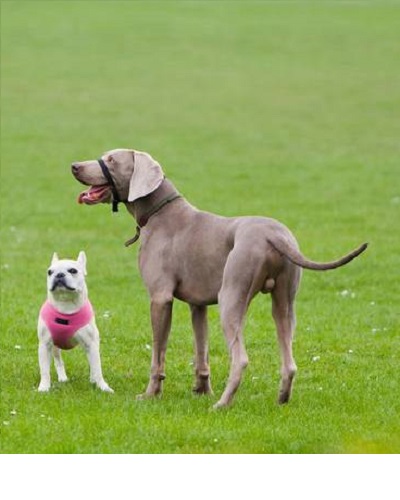Some of the Fruits and Vegetables We Know Today Did Not Look Like It Looks Today, It’s How They Were Before
- Many of the fruits and vegetables were much different in their natural habitat before humans started to cultivate them
- In this session, we will look into some of the popular foods that looked totally different before humans first started cultivating them for food
Banana
One of the most popular fruits, the banana was not as much tasty, or nutritious as it is today. The first bananas may have been reared at least around 7,000 years ago, and possibly as early as 10,000 years ago, in what is now Papua New Guinea. They were also grown in Southeast Asia.
Today’s modern bananas originated from two wild varieties of banana: Musa acuminata, and Musa balbisiana, both of which had large, hard seeds.
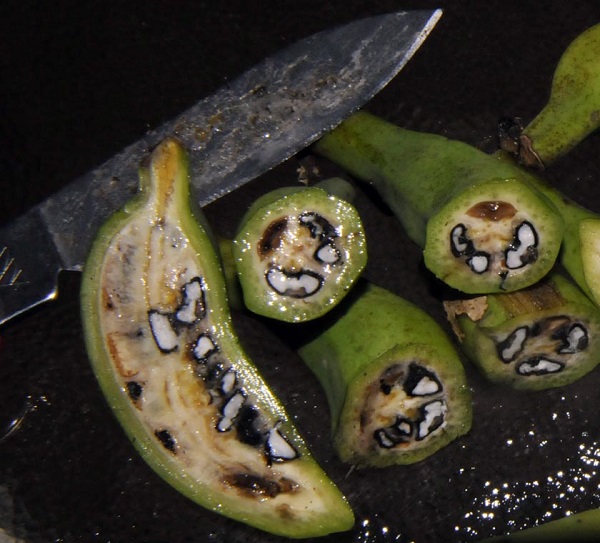
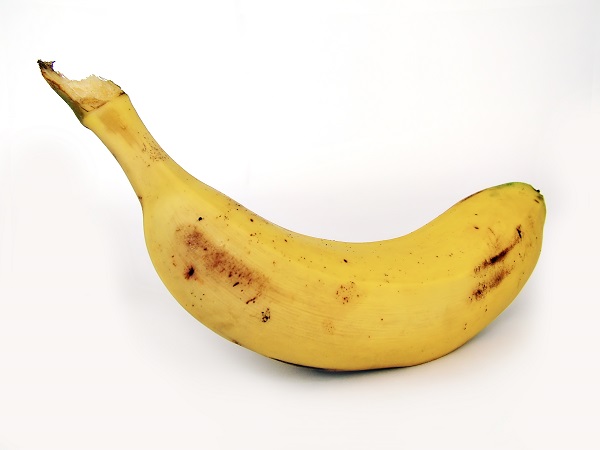
The hybrid of the various wild bananas produced the delicious modern banana, along with its handy, graspable shape and peelable covering. Compared to its ancestor, the modern fruit has much smaller seeds, tastes better, and is packed with nutrients.
Water Melon
One of the sweetest and most juicy fruits, watermelon was strikingly different from modern melons as depicted in a 17th-century painting by Giovanni Stanchi.
A cross-section of a watermelon in the painting, made between 1645 and 1672, appears to have swirly shapes lodged in six triangular pie-shaped pieces.
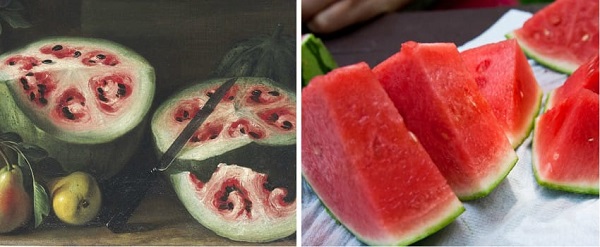
Over the course of time, humans have bred the watermelons to have a red, fleshy interior, which is actually the placental content of the fruit. Some people do think that the watermelon in Stanchi’s painting may just be unripe or unwatered, but the black seeds in the painting suggest that it was, in fact, ripe.
Carrot
The earliest known carrots were grown around the 10th century in Persia and Asia Minor. Thought to be originally purple or white with a thin, forked root, the carrots lost their purple pigment and became yellow in color.
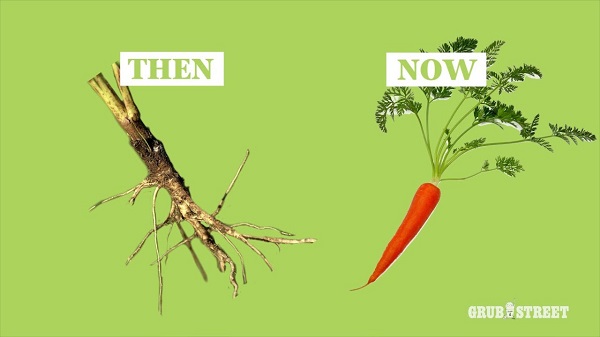
The farmers domesticated those thin, white roots with a strong flavor and biennial flower, into the large, tasty orange roots as we know it is today.
Corn
Per case one of the most famous examples of selective breeding is the North American sweet-corn, bred from the barely edible teosinte plant. Natural corn was first cultivated in 7,000 BC. At that time, it was much as dry as raw potato, as per an infographic by chemistry teacher James Kennedy.

The corn today is 1,000 times larger than it was 9,000 years ago and much easier to peel and grow. Moreover, sugar makes up 6.6% of it, whereas natural corn has only 1.9 percent sugar. Almost half of these changes occurred after the 15th century when the European settlers started growing the crop.
Eggplant
Over their course of history, eggplants have come in a wide variety of shapes, and colors ranging from white, azure, purple, and yellow. Chinese farmers were among the first to cultivate some of the earliest varieties of eggplants. The primitive versions have had spines on the nodes between the flowers and the stem.
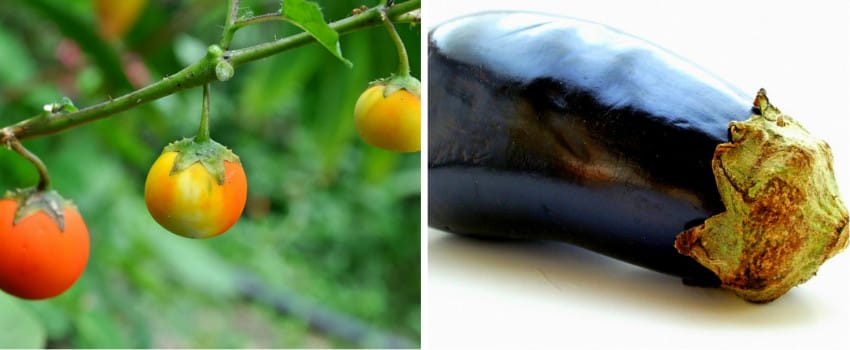
But selective breeding has given us the form we know today as the larger, familiar, oblong purple vegetable, devoid of the spines.
Peach
The ancient peaches were small, cherry-like fruits with very little edible flesh. They were first domesticated around 4,000 B.C. by the ancient Chinese people. The peaches at that time tasted earthy and slightly salty, “like a lentil”.
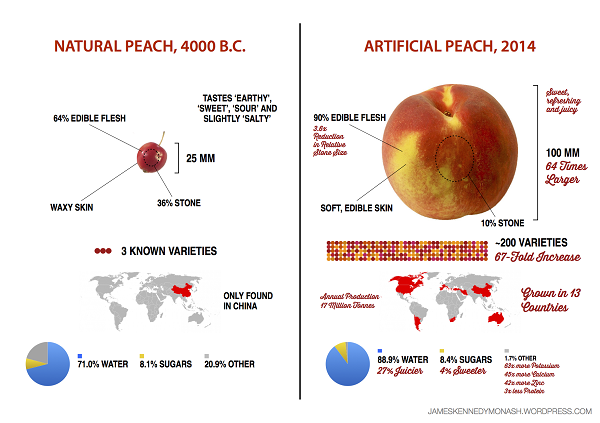
After millennia of selective breeding by the farmers, today’s peaches are 64 times larger, 27 percent juicier, and 4 percent sweeter than it was at that time.
Article Courtesy: ScienceAlert
